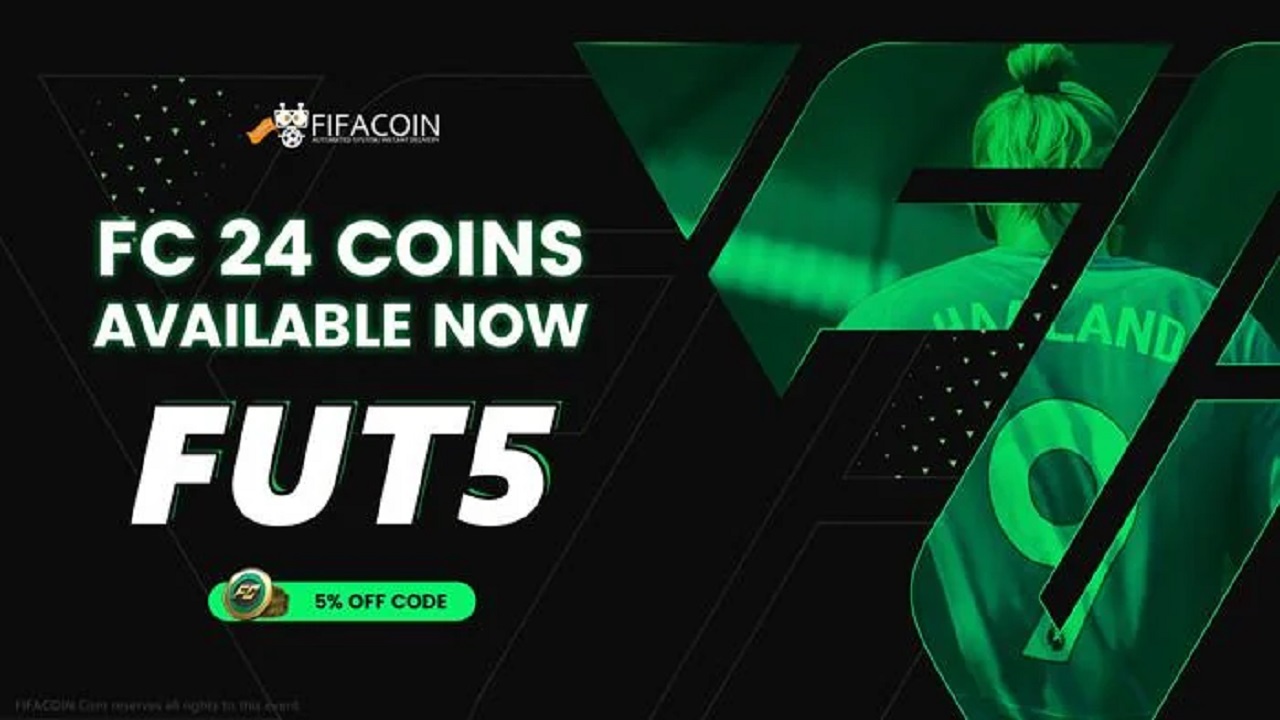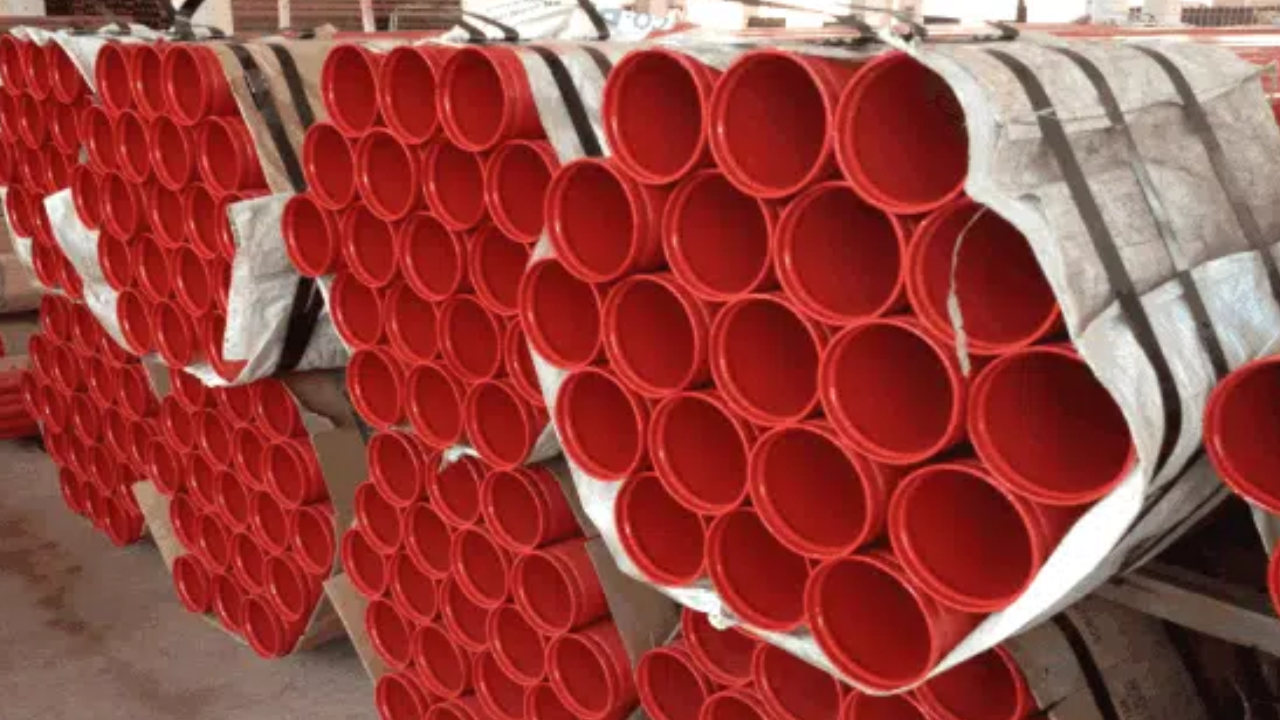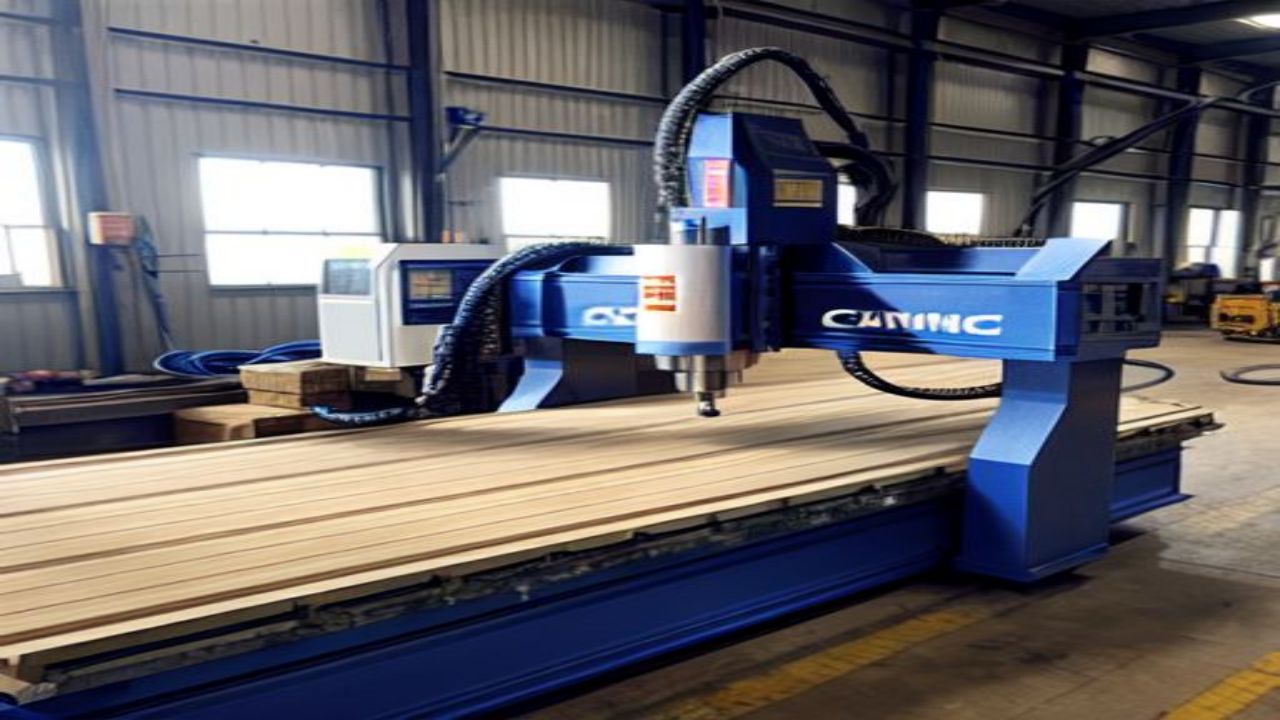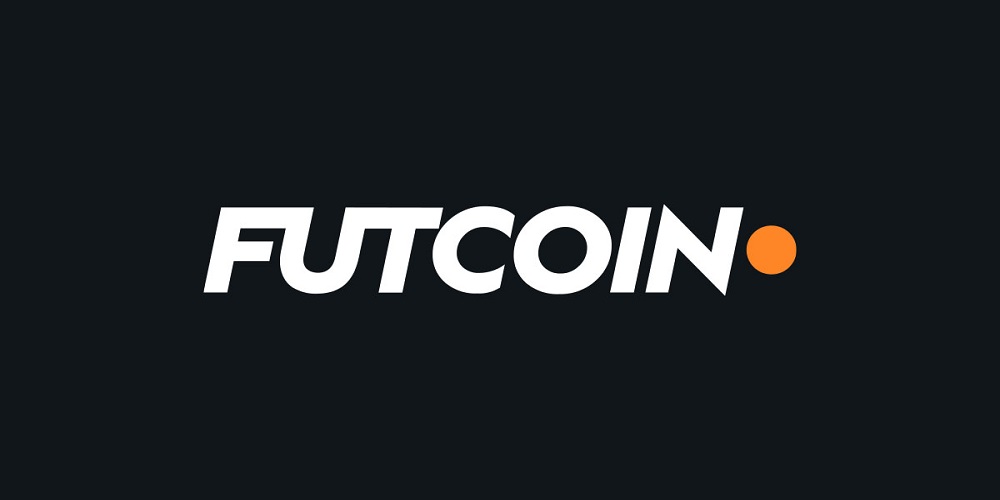FIFA Ultimate Team fanatics are fully aware of the need for a quality lineup to be able to face top-ranked competitors. Recruiting talented players, as well as creating a strong team, demands a considerable amount of in-game currency, usually called FIFA Coins. Over the years there has been a rise in companies selling FIFA Coins […]
What Sets Seamless Steel Pipe Fittings Apart From Welded Steel?
Pipe fittings are vital parts inside piping system, working with associations between fragments in different arrangements like series, offset, or multiport arrangements. Carbon steel pipe fittings arrive in a large number of sizes and shapes since they are produced using a wide range of materials. Models consolidate line joints, elbows, tees, sleeves, ribs, stomach pipe […]
The Ultimate Guide to FIFA Ultimate Team Coins and Carryover
The world of FIFA gaming is vast and ever-evolving. With each new release, players are eager to know what they can carry over from their previous games and how they can enhance their gaming experience. One of the most sought-after assets in the FIFA universe is the FUT (FIFA Ultimate Team) coins. This article delves […]
CNC Machining vs. 3D Printing: Current Status and Future Outlook
In the ever-evolving world of manufacturing, two groundbreaking technologies have emerged as major players: CNC machining parts and 3D Printing. Both methods have revolutionized how we produce complex parts and components, but they differ significantly in their approach. In this comprehensive article, we will explore the current state of CNC Machining and 3D Printing, their […]
The Benefits of Buying FIFA Coins for FUT 23 Ultimate Team Mode
One of the most well-liked aspects of FIFA 23 is the ultimate team mode, where players can exchange item cards on the transfer market to advance their club. But it would help if you had FIFA coins to do that. While earning coins through gameplay is possible, the process can be time-consuming and tedious. Purchasing […]
Why Should You Invest In A 8x7 Garage Door?
Garage doors are an essential part of modern home life. With its heavy-duty construction and robust design, it is designed to provide maximum protection for your most valuable possessions. On top of that, quality material is used to manufacture garage doors that are resistant to the elements and are durable enough to withstand frequent use. […]
Why Choose ZSFloortech as Your Sports Flooring Manufacturer?
Installing a sports floor is a task that requires careful consideration. You have to choose the correct material suitable for the area you are installing the court. The material has to be fitted incorrectly, and the specifications must also be apt. This is why choosing the right manufacturer for sport court construction is necessary. ZSFloorTech […]
Understanding the Basics of Artificial Turf in Details
Artificial turf is a man-made surface that is designed to resemble real grass. It is most commonly utilized in arenas for sports that originated or are now played on grass. However, it is increasingly being utilized on both commercial and residential lawns. The main reason for its popularity is that takes little to no maintenance, […]
Co-Arts Artificial Christmas Tree
Are you looking for an artificial Christmas tree that requires no extra care and can make your space feel Christmas-y? Well, look no further than the Co-arts innovations which is a Chinese-run company that is been there for 20-plus years. They manufacture various kinds of artificial trees which are realistic and ready to make your […]
What Your Rack Supplier Needs To Know
Warehouse racks play an important role in helping hold and store goods and equipment. Although they have the same primary function, racks differ in size and design. Your chosen rack supplier may need certain information to design custom racks to give the best functionality. Customizable racks allow warehouses or storage spaces to have racks that fit […]










